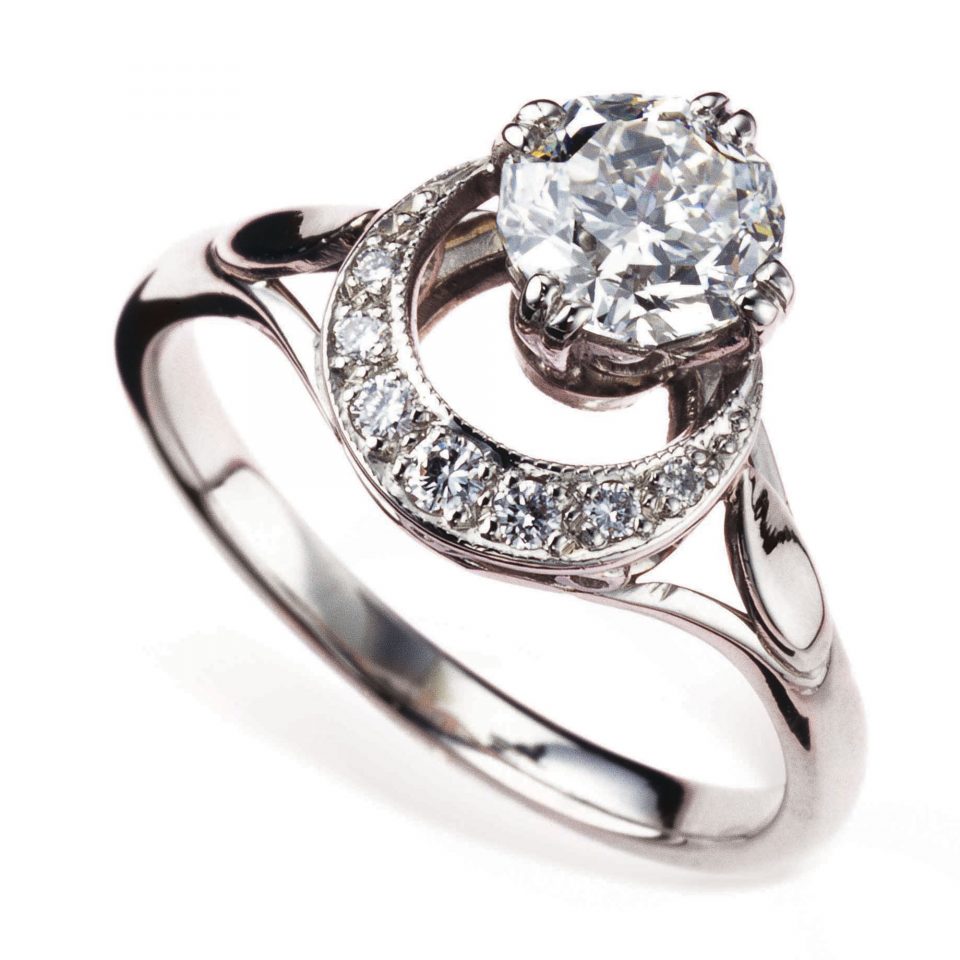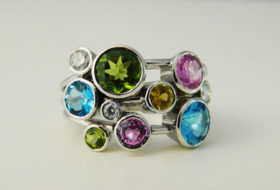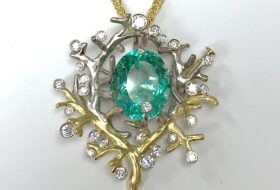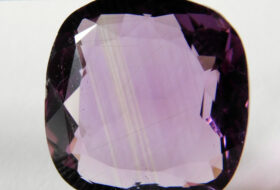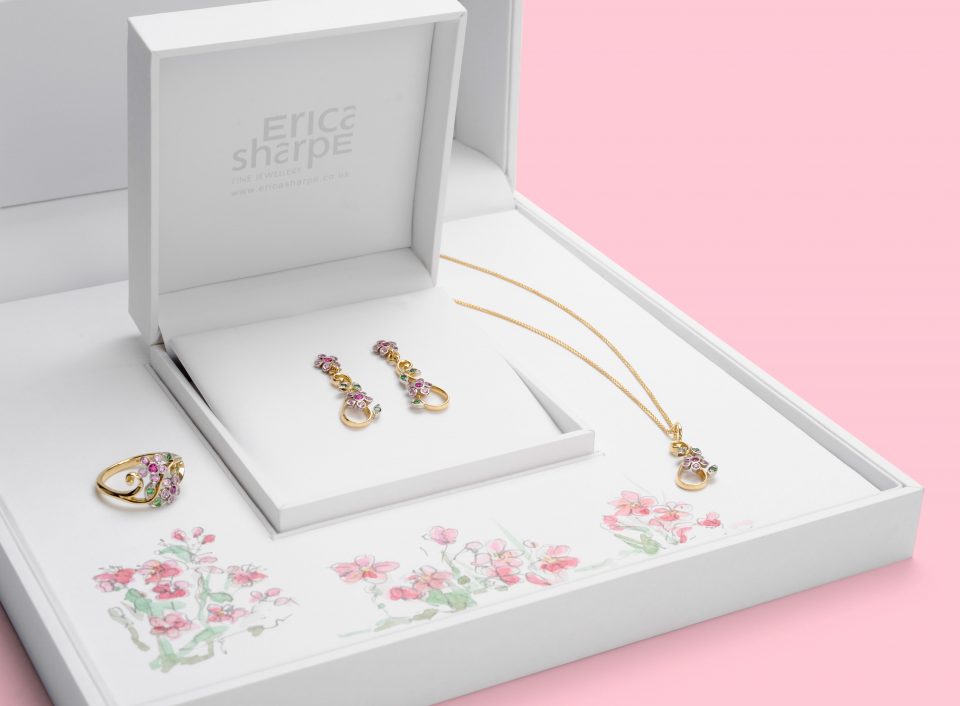A (very) brief history of Diamonds
Diamonds were first discovered in India and were treasured just as they were, uncut and loose. In the 11th century, diamonds began to appear in jewellery pieces, which were also uncut and just as they appeared from the earth. In the 1500’s, it was discovered that the diamond crystal had directions where it was not so hard. It could be chipped, split or ‘cleaved’ if hit in the right place. Some basic work on the rough octahedrons led to more of an engineered ‘pyramid’ shaped stone. The facetted sides of the rough stone were smoothed and polished to become more reflective. This was known as the ‘point cut’ and was the original of diamond faceting and polishing in India.
Diamond cutting techniques
Over a few hundred years, diamond cutting developed with the discovery that diamond dust would cut and polish a diamond crystal. Cutters discovered that they could make a diamond much more reflective and glittering depending on the shape that they made it. The invention of the ‘table cut’ revealed a stone which could be looked into and would reflect the light that fell onto it
1.The table cut
The ‘table’ part is a flat top surface. In the early table cuts, this was just the top point of the octahedron (‘point cut’) which had been sliced off. But it is clear that these early simple forms led to our sophisticated modern facetted diamonds. Variations of the table cut were used depending on an individual diamond’s crystal shape. Weight is an important factor in the value of a stone, so each diamond was assessed on its own merits and given facets that balanced potential beauty with maximum weight and value.
cut were used depending on an individual diamond’s crystal shape. Weight is an important factor in the value of a stone, so each diamond was assessed on its own merits and given facets that balanced potential beauty with maximum weight and value.
2.The rose cut
Unlike modern diamond designs, the rose cut has facets (24) only on the top surface, and its back is flat. Like the table cut, this was a natural progression of faceting development from the shape of half a rough octahedron. The rose cut has a soft and subtle glittering effect. The table, point and rose cuts were usually set in jewellery that had ‘foil backs’ to the settings. Unlike most modern jewellery which has open backs so that you can see the gems from behind, the older jewellery used reflective fo il placed behind the stones to increase their sparkle and reflectivity. Initially this has a stunning effect, but over hundreds of years, the foil degrades and dirt and tarnish can dull the effect.
il placed behind the stones to increase their sparkle and reflectivity. Initially this has a stunning effect, but over hundreds of years, the foil degrades and dirt and tarnish can dull the effect.
3.The old-mine cut
A new discovery of plentiful diamonds from Brazil came to the European market from 1847 and diamond cutting styles took a leap forward. Stones were given a more rounded circumference (the girdle) and facetted back and front. The top still had a ‘table’ in the centre which revealed the back facets and light reflecting sections within the stone. This new ‘formula’ is known as the ‘old-mine cut’ and it was the start of our popular modern ‘brilliant cut’. It was the first attempt to cut to regulated proportions rather than individually depending on the shape and size of the diamond crystal.
This was written and published as part of the ‘Hidden Gems’ series of articles by Erica Sharpe for the Western Daily Press.



